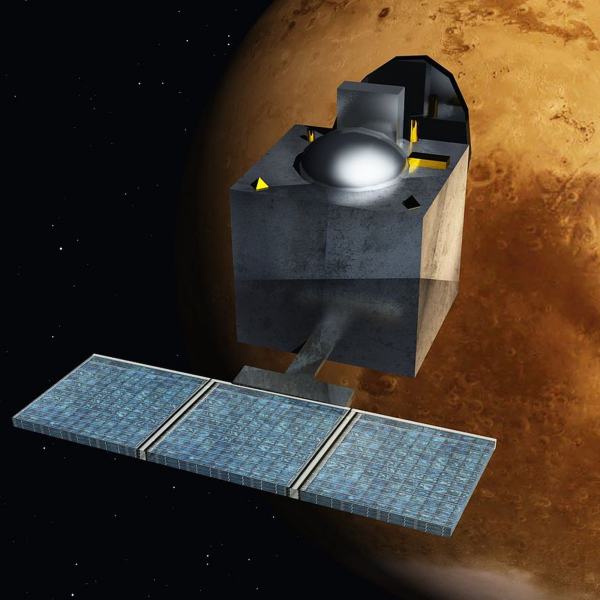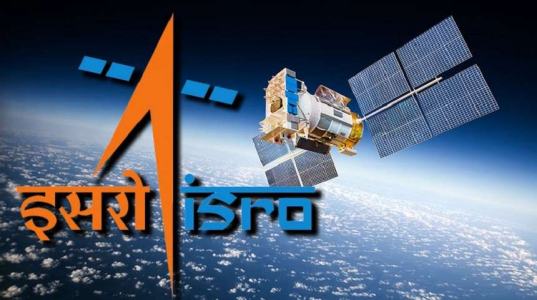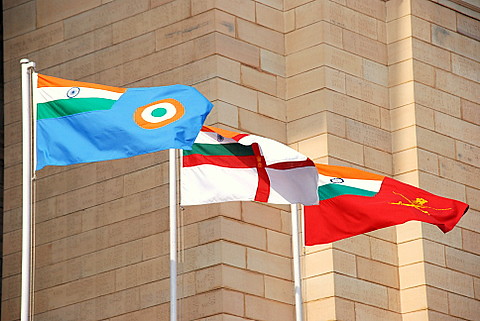
NEW DELHI (PTI): India will launch two unmanned missions next year before the human spaceflight programme 'Gaganyaan' by the end of 2022, Union Minister Jitendra Singh said on Thursday.
Sharing the status of other space projects, Singh -- during the Question Hour in the Rajya Sabha -- said the Venus mission is planned for 2022, while the Solar Mission for 2022-23 and that of the Space Station by 2030.
Singh, the Minister of State in the Department of Space, said space projects have been delayed due to the COVID-19 pandemic.
"In the next year, we are going to have two unmanned missions before flying the Gaganyaan. That is also in the planning. That is usually the SoP (Standard Operating Procedure) which is followed. Because of the COVID-19 pandemic, it got delayed," he said.
In the beginning of next year possibly, India will first launch unmanned missions ahead of Gaganyaan towards the end of 2022, he said, adding that it would be accompanied with robots that have been named as 'Vayumitra'.
"Following that, we will possibly in 2023 have Gaganyaan which will undoubtedly place India in the elite club of nations being the fourth one after the US, China and Russia," he added.
The minister further said the Gaganyaan programme will be different from other human missions undertaken by other countries in the sense that this will be more cost effective and inclusive.
This programme will place India as a frontline nation and will also improve the country's capabilities as far as its robotic missions are concerned, he said and added that this will also inspire youngsters and start-ups.
Besides the Gaganyaan programme, the minister said, "We are going to have a number of other missions. We will have a Venus mission by 2023. Soon, we will have solar missions called 'Aditya Solar mission' planned for 2022-23."
Chandrayana got delayed due to the pandemic and maybe it will be launched by next year, he said.
"By 2030, we will possibly be able to set up a space station, which will be unique of its kind," he noted, adding that the journey of India's ascent to the top has already begun through the space route.
Replying to a supplementary query if ISRO has identified 17 technologies at lower cost from start-ups for use in Gaganyaan mission, the minister said, "There are going to be several research modules accompanying the Gaganyaan and it will involve start-ups and more than 500 industries".
For the first time since the country's Independence, private industry will be involved in space technology, he said.
"As a result of which, we now are going to have a number of partnerships for nano satellites trying to put in their mission in collaboration with ISRO," he said.
Host technologies can be innovated in a wide range of areas involving the industry, which pave the way for the newer economy getting generated through the medium of space technology, he added.
The minister also informed the Upper House that India has so far launched 42 foreign satellites from 34 countries and generated a revenue of USD 56 million (one million is equal to 10 lakhs).
 Previous Article
Previous Article Next Article
Next Article













The Indian Air Force, in its flight trials evaluation report submitted before the Defence Ministry l..
view articleAn insight into the Medium Multi-Role Combat Aircraft competition...
view articleSky enthusiasts can now spot the International Space Station (ISS) commanded by Indian-American astr..
view article